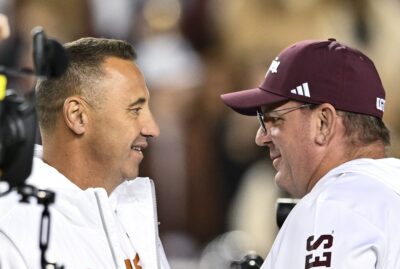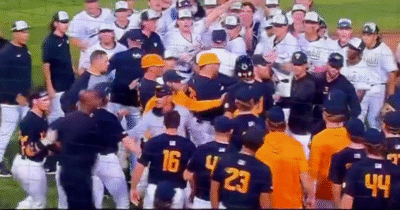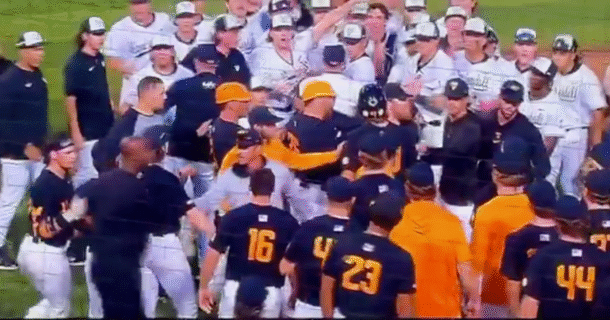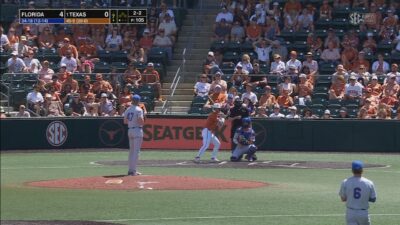Ad Disclosure
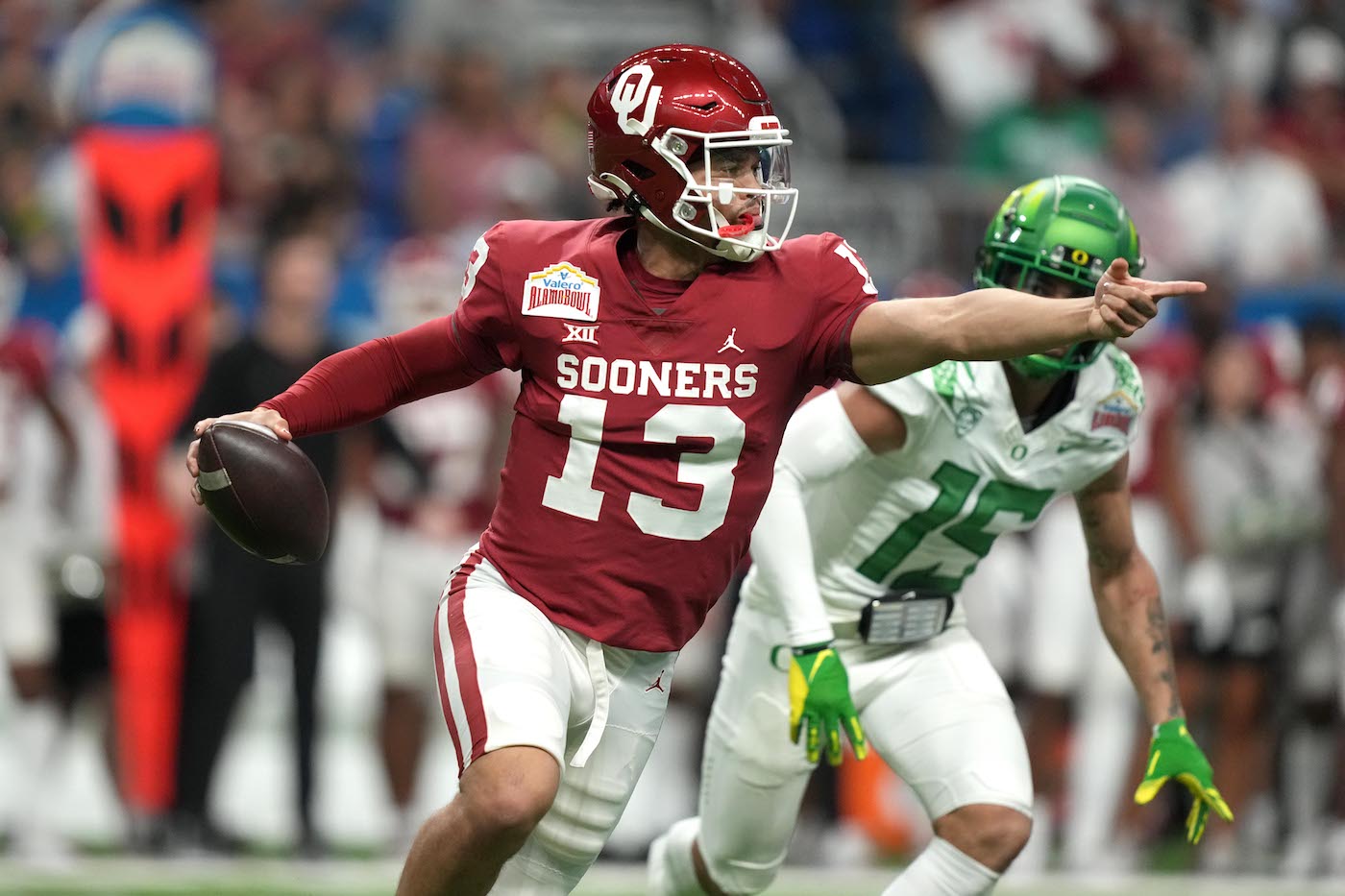
Extra Points: Transfer portal is the new Ground Zero for finding a franchise QB
By Matt Hayes
Published:
Earlier this season, I wrote about how coaches believe recruiting the transfer portal for quarterbacks will become more important than recruiting high schools for the most important position on the field.
Oklahoma started the trend years ago before the emergence of the portal, getting three consecutive transfers – Baker Mayfield, Kyler Murray, Jalen Hurts – that Sooners coach Lincoln Riley turned into two Heisman Trophy winners (Mayfield, Murray) and a Heisman finalist (Hurts).
It should come as no surprise that quarterback movement through the portal this offseason has hit an all-time high. It reached a ridiculous level earlier this week when, within hours of each other, Oklahoma QB Caleb Williams entered the transfer portal and UCF quarterback Dillon Gabriel – who was hours away from beginning classes at UCLA – signed with OU after Williams’ decision.
A month after the end of the regular season, 9 starting quarterbacks have left one school and signed with another:
- Spencer Rattler (Oklahoma to South Carolina)
- Max Johnson (LSU to Texas A&M)
- Dillon Gabriel (UCF to Oklahoma)
- Kedon Slovis (USC to Pitt)
- Bo Nix (Auburn to Oregon)
- Michael Penix Jr. (Indiana to Washington)
- Adrian Martinez (Nebraska to Kansas State)
- Charlie Brewer (Utah to Liberty)
- Levi Johnson (Wyoming to Utah State)
Five more starters who have left teams have yet to make a decision: Casey Thompson (Texas), Connor Bazelak (Missouri), John Rhys Plumlee (Ole Miss), Jack Plummer (Purdue) and Williams.
Williams is the biggest prize of the group, and more than likely will sign with USC. He signed with Oklahoma because of Riley, and said during this season that he would’ve played for Riley at OU if he had to walk on.
What about Gators’ QB situation?
It now appears as though Florida QB Anthony Richardson’s knee injury is more severe than believed.
Richardson had surgery on his right knee prior to Florida’s bowl game, and won’t participate in spring drills, according to a source close to Richardson.
The surgery to repair torn meniscus – originally a high school injury – was more detailed than first believed. Another Florida source said the meniscus “pulled away” from the bone, and rehab for that type of surgery is typically as much as 6 months.
Emory Jones, who started a majority of games this season at quarterback for the Gators, is not officially in the transfer portal despite publicly stating he was entering the portal after the bowl game.
Jones still could leave Florida and transfer, but Richardson’s injury – and the idea of a clean slate with new coach Billy Napier – could translate to Jones staying for spring practice before making a decision.
A thorn in Playoff semifinal structure
A problem kicked down the road years ago by the College Football Playoff returned this postseason, and it’s only getting worse.
What to do with the Rose Bowl and its insistence of an annual late afternoon New Year’s Day time slot — at the expense of the Playoff?
“It’s going to have to be addressed with the new Playoff contract,” a Power 5 athletic director told me this week. “We have to make a decision: Do we want a greater emphasis on growing, or preserving?”
Because the Rose Bowl demands an annual place on New Year’s Day – and because the Big Ten and Pac-12 are married to the Rose Bowl and its longstanding tradition – the Playoff has yet to significantly strengthen its brand with no set date and time for the semifinal games. When the Rose and Sugar Bowls are not part of the Playoff, the semifinal games are played on the last Saturday or federally observed holiday of the year.
The Sugar Bowl is also guaranteed a New Year’s Day date and time, but the connected conferences (SEC and Big 12) would back off that demand immediately should the Big Ten and Pac-12 do the same with the Rose Bowl.
That’s where the problem lies.
Like most things Playoff – and before that, the BCS – college football is still a regional fight, with each power conference looking out for its interests. Because of that, ratings suffer – as does the ability to generate revenue.
This year’s semifinals, played on New Year’s Eve, were down 2.5 million (Alabama-Cincinnati) and 2 million (Georgia-Michigan) viewers, respectively, from last year’s semifinals played on New Year’s Day at the Rose and Sugar Bowls.
This year’s Rose Bowl, played a day later than the semifinals and without any national title implications and with one of the teams (Utah) a relatively obscure television draw, had the same number as the Cotton Bowl semifinal a day earlier (16.6 million).
The 2018 semifinals were down more than 25% from the 2017 semifinals held on New Year’s Day at the Rose and Sugar Bowls.
“It has nothing to do with the Rose Bowl or the Sugar Bowl, or the tradition of those games,” another Power 5 athletic director told me. “The 2017 games with those big (television) numbers that we always talk about could’ve been played in San Antonio and Orlando – and had the same numbers. It’s because they were played on New Year’s Day.”
Change doesn’t happen within the postseason structure without all 10 FBS conferences and Notre Dame agreeing – even if a majority of conference presidents prefer one idea over another (see: playing the semifinals on New Year’s Day every season).
“The Rose Bowl will do what the Big Ten and Pac-12 tell them,” a Power 5 AD told me. “You know why? Because the alternative is a championship postseason without them. We have cities tripping over themselves trying to join our postseason. The teams are the draw, not the bowls.”
Rich get richer
For those shocked at the SEC’s dominance in recruiting, consider this:
Not only did the SEC have 12 of the top 25 teams in the 247Sports composite rankings, 61 of the top 100 players are from states in the SEC footprint. If you add Oklahoma, a future SEC member, that number grows to 64 of 100.
That’s 64% of the available top 100 players are from the SEC footprint. Of those 61 players not including those Oklahoma, 42 signed with SEC schools – and the 4 unsigned will almost certainly add to that number.
The only SEC teams not in the top 25 are Florida and Vanderbilt, and the Gators would’ve had a top 10-15 class if coach Dan Mullen weren’t fired at the end of the season.
Future SEC members Texas and Oklahoma have top 10 classes.
Matt Hayes is a national college football writer for Saturday Down South. You can hear him daily from 12-3 p.m. on 1010XL in Jacksonville. Follow on Twitter @MattHayesCFB




